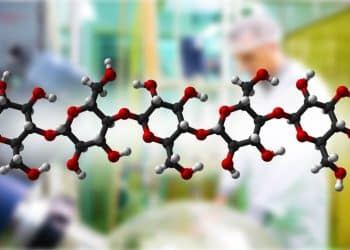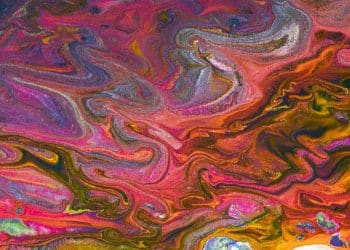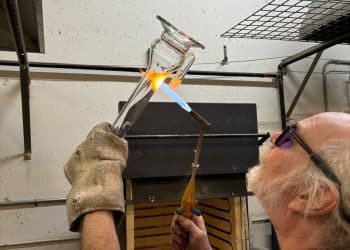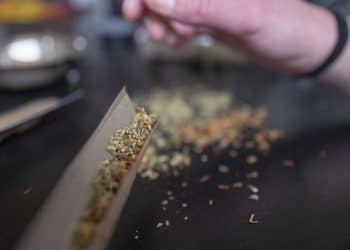Many people forget that extraction is only the first step in the process of making any sort of concentrate from plants. It’s also vital to identify which compounds were extracted from the plants and what concentrations are present in the extract. This is not only vital for your final product, it helps also to optimize the extraction techniques and to improve the yield and selectivity of the desired phytocompounds.
When it comes to identify plants constituents, there are several proven methods for achieving accurate results. Which one you choose will depend greatly on your extraction needs and the final product you want.
Thin-Layer and Column Chromatography
Thin-layer and column chromatography are convenient and economical ways to isolate and identify phytocompounds. These methods are based on the different motility of plants constituents passed through an absorbent material. The first technique can be used as test method for the second one and the result is a stratified separation that makes it easier to identify the compounds and isolate them for further analysis. [1]
Spectroscopic Techniques
Three main spectroscopic techniques are applied for the identification of phytocostituents: UV-visible (UV-vis), infrared (IR), and nuclear magnetic resonance (NMR). All three have their advantages and disadvantages, though they all work on the same basic principle. Electromagnetic radiation is passed through an organic module. Based on the amount of radiation absorbed and where that radiation falls on the electromagnetic spectrum, it’s possible to determine the composition of the sample. [1]
All spectroscopic techniques can be used in combination with each other in order to highlight different aspects of the plant derived sample and to reveal the class of phytocomponents. With UV-vis spectroscopy we can detect the presence of highly conjugated organic molecules or bioactive macromolecules. Nevertheless to identify the actual molecular structure of a compound, NMR is the ideal technique. Sometimes to clarify the spectroscopic analysis is necessary the use of IR spectroscopy, capable of evidencing important molecular features, functional groups and molecular rearrangements.
Mass Spectrometry
Mass spectrometry uses a flood of electrons or high-powered lasers to turn the compounds being analyzed into charged ions. This method measures and plots the amount of ions, their masses, charge and how molecules were broken in order to determine which compounds are present. Mass spectrometry is extremely accurate and is ideally paired with techniques used for isolating a compound, like high-performance liquid chromatography (HPLC) to analyze the chemical makeup of a sample of plant material. [1]
References:
[1] Altemimi A. Phytochemicals: Extraction, Isolation, and Identification of Bioactive Compounds from Plant Extracts. Plants (Basel). (2017); 6(4):42. doi:10.3390/plants6040042
Image: https://www.bigstockphoto.com/it/image-454776801/stock-photo-laboratory-flask-flower-lilac-on-a-light-background












